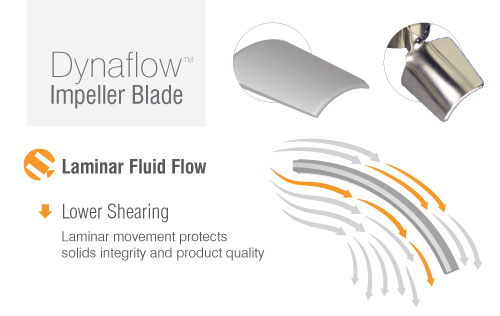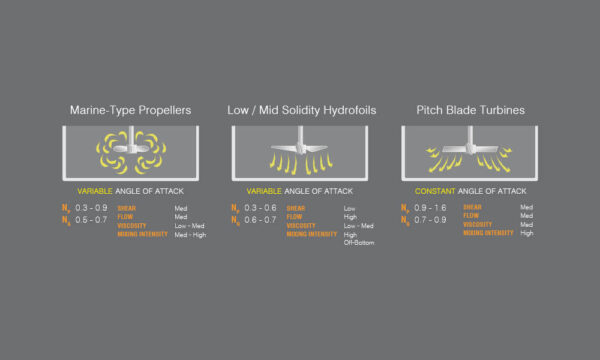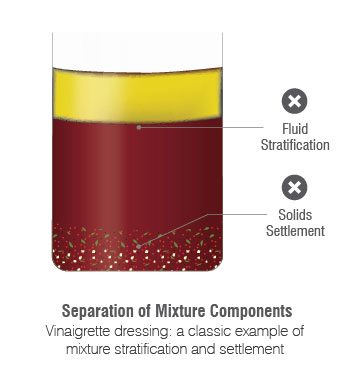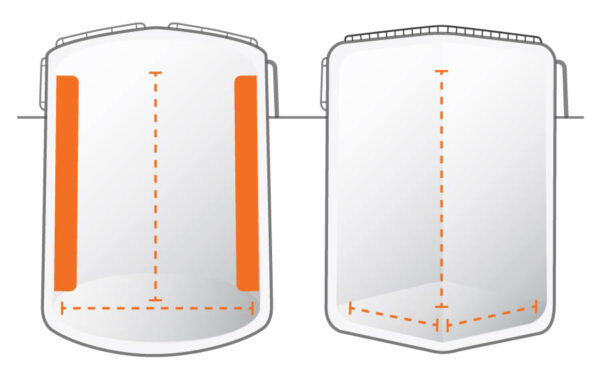
Selecting A Waste Water Mixer for Wastewater Treatment – Part 2
Selecting A Waste Water Mixer for Wastewater Treatment – Part 2 Waste Water Mixers for Optimal Flash Mixing & Flocculation In part 1 of this series on wastewater and water treatment mixers, we discussed how to select a waste water mixer for chemical preparation. In this post, we’ll show you how to select a Waste Water Mixer for flash mixing and flocculation. Done in a Flash? Aggressive Agitation + Speed for Flash Mixing Flash mixing is used to evenly distribute coagulating chemicals in water, allowing micro-flocs to form. As the precursor to flocculation, flash mixing increases the efficiency of flocculation and reduces chemical wastage. Because the components need to be quickly and evenly dispersed, this process is all about brute




